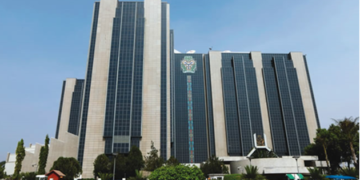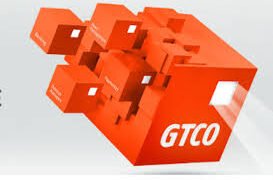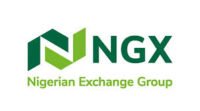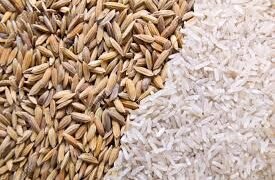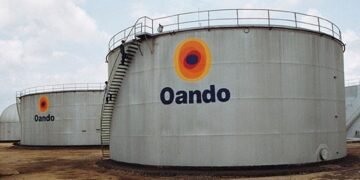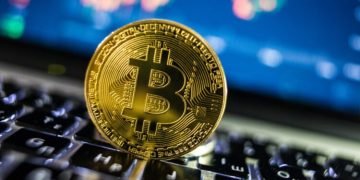(Greenwich Merchant Bank): In the recently published report by the US Bureau of Labour Statistics, the US Consumer Price Index for All Urban Consumers in February 2021 rose 0.4% from a 0.3% growth in January 2021. Year-on-Year (YoY), the Headline Inflation surged from 1.4% in January to 1.7% in February 2021.
Likewise, the upbeat in the Food and Energy indexes continued, with an increase of 0.2% and 3.9% from 0.1% and 3.5% respectively in January 2021. On a yearly basis, the Food and Energy indexes rose 3.6% and 2.4% apiece.
The drivers of the monthly increase, particularly for the Energy index that was largely instrumental to bolstering the Headline Inflation were the rise in gasoline (6.4%), electricity (0.9%) and utility gas (0.7%). These may be attributed to the higher demand for heat with the frigid temperatures experienced across the US and the global increase in oil prices.
Read: U.S Congress: Measures to permanently stop U.S. debt payments to China over Covid-19
On the other hand, Core Inflation marginally increased by 0.1% as the shelter, recreation, medical care, and motor vehicle insurance component all ramped higher in February 2021. Conversely, Core Inflation recoiled YoY, by 0.1% from 1.4% in January 2021 as a result of the plunge in airline fares and apparel.
The moderate inflationary pressure recorded in February 2021 was as expected, broadly due to some existing domestic travel restrictions and the low base effect from last year when restrictions and lockdown protocols were beginning to take effect.
Going forward, we expect inflation levels to maintain the uptrend in light of the third stimulus package worth USD1.9tn which was recently approved on March 10, 2021, by the US Congress and currently awaits presidential assent. This stimulus package will further spur economic growth and consumer price.
To further buttress this, is the ongoing vaccination campaign, where about 28.8 doses have been administered for every 100 people according to Bloomberg, and the recent announcement of President Biden on doubling the US order of Johnson & Johnson (J&J) single-dose vaccine to 200mn shots with a view to attaining herd immunity.
We, therefore, posit that increased vaccines roll out will no doubt bring back the US economy to a semblance of normalcy as businesses will be fully operational and travel restrictions will largely be muted.
Furthermore, we expect the Federal Reserve monthly bond purchase to also add some inflationary steam in coming months, especially as the core Personal Consumption Expenditure (PCE) used by the US Federal Reserve in tracking inflation is at 1.5%, which is still below the 2.0% target. Overall, despite our anticipation of an increased inflationary level, we expect it to be buffered by a low base from last year.











